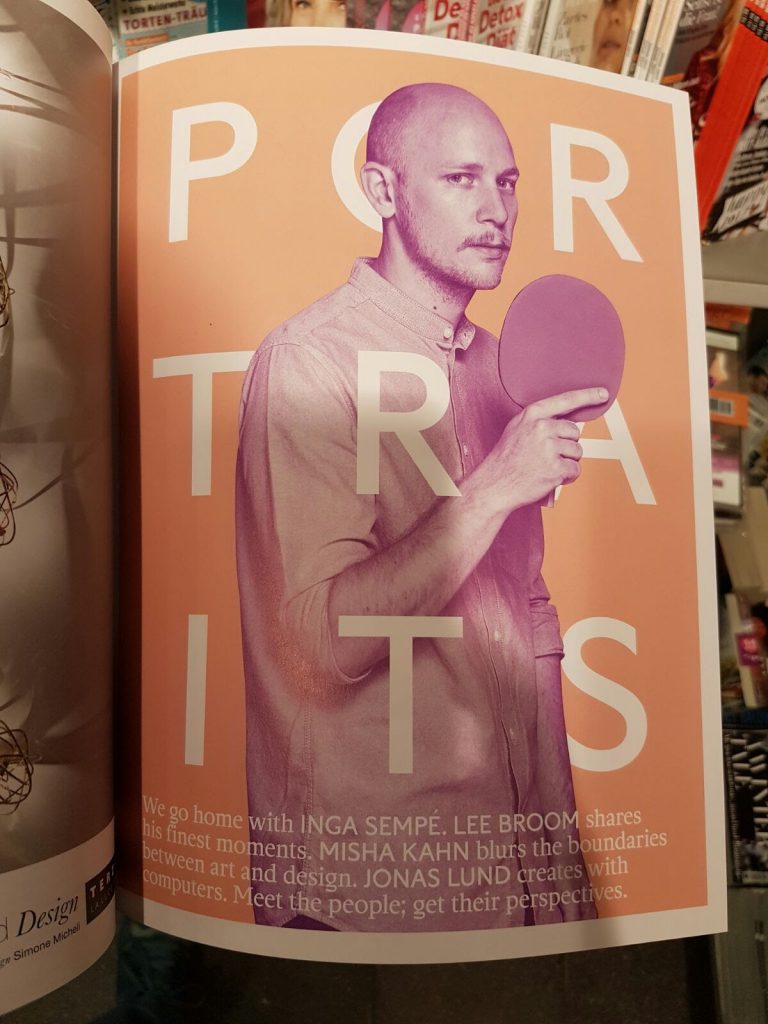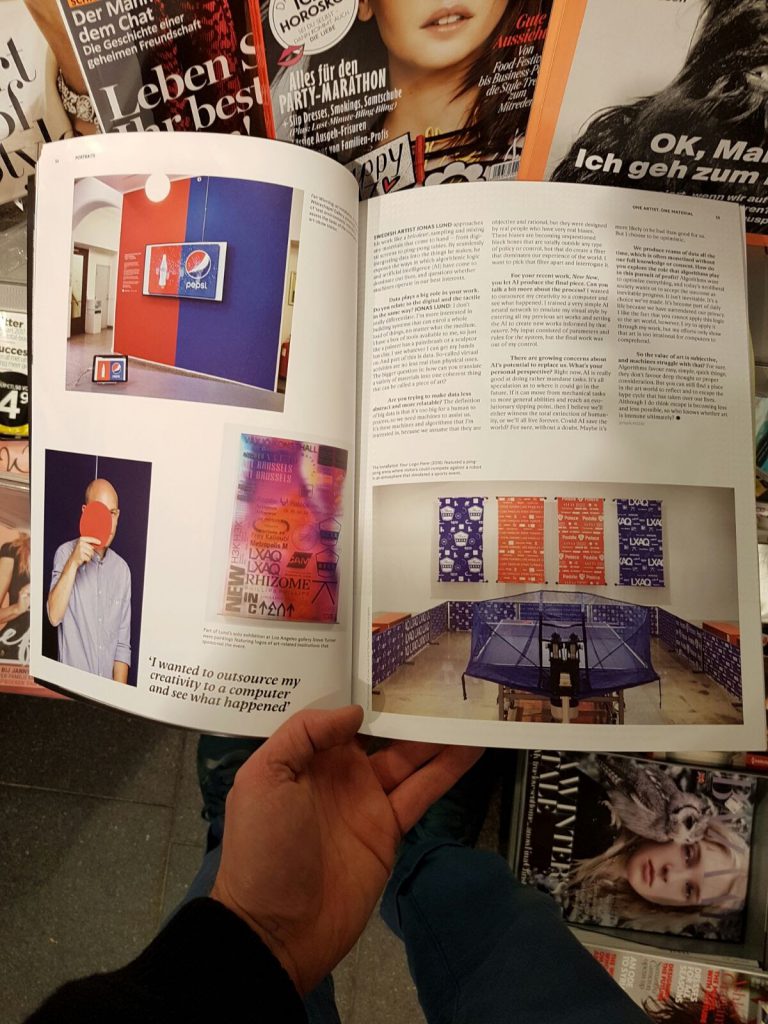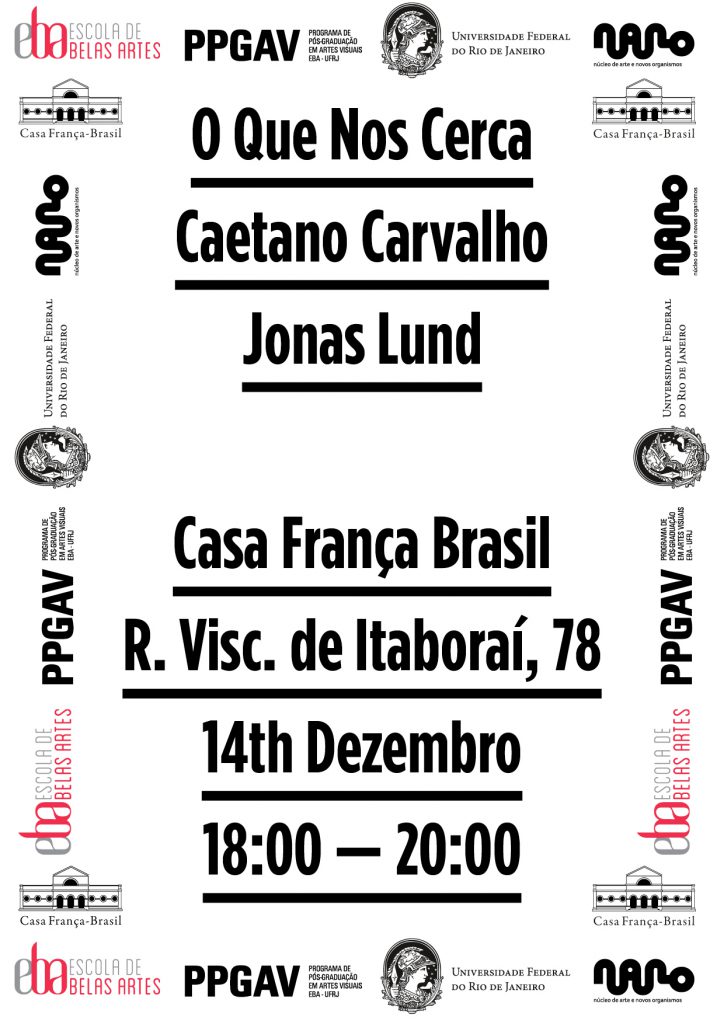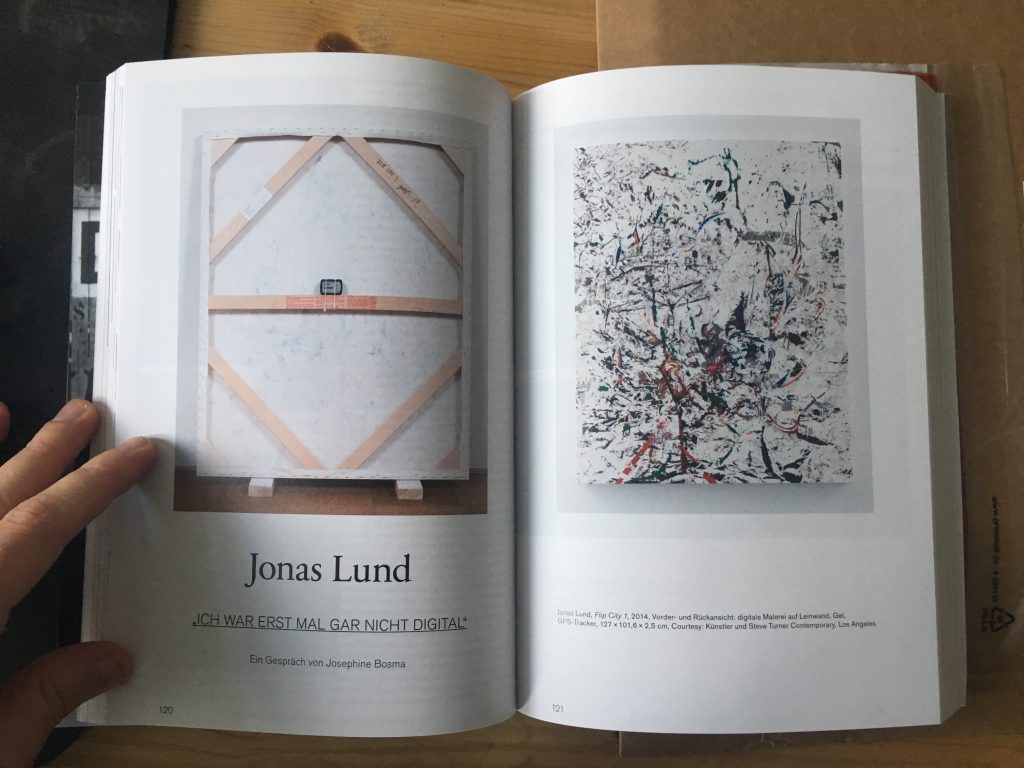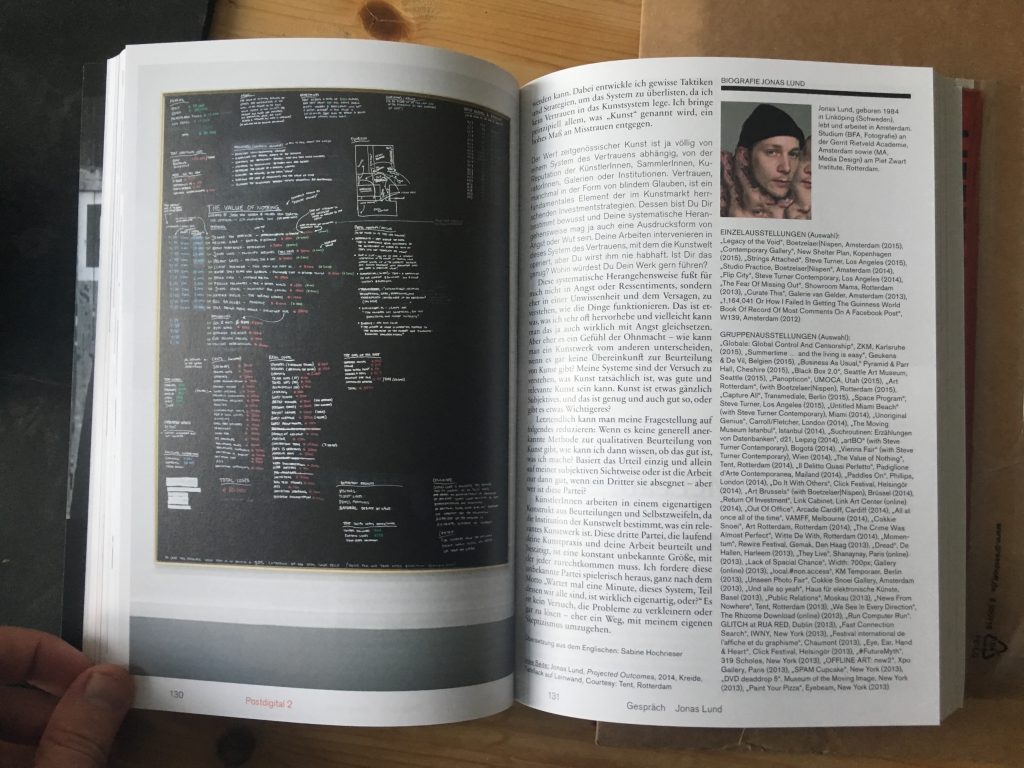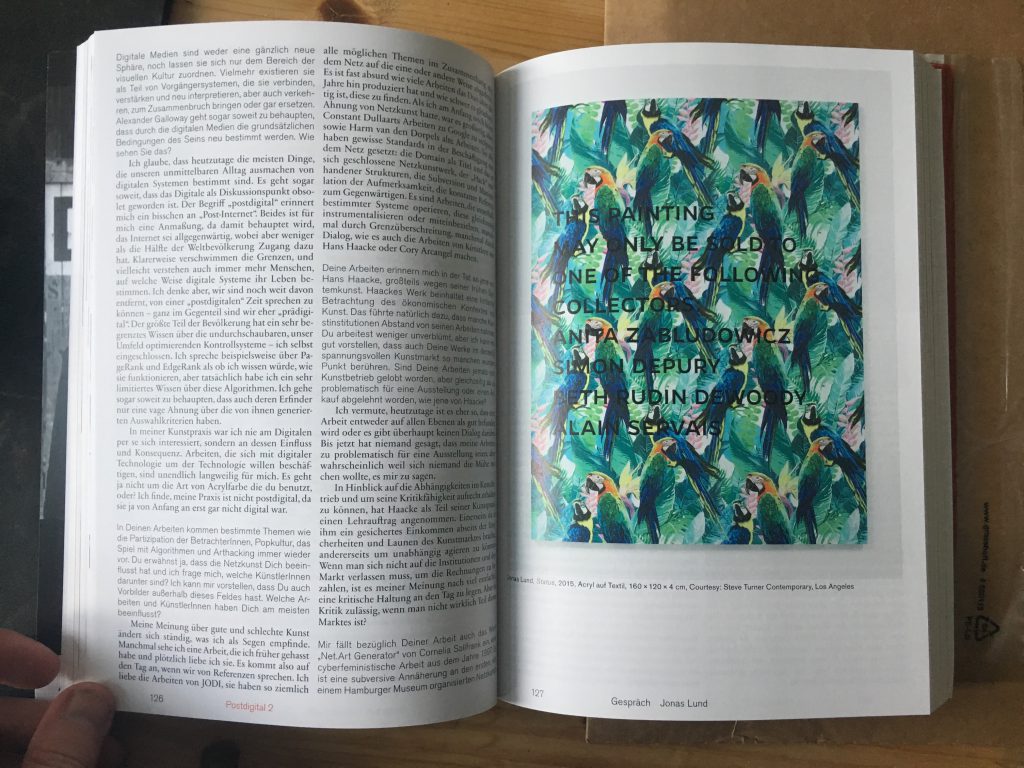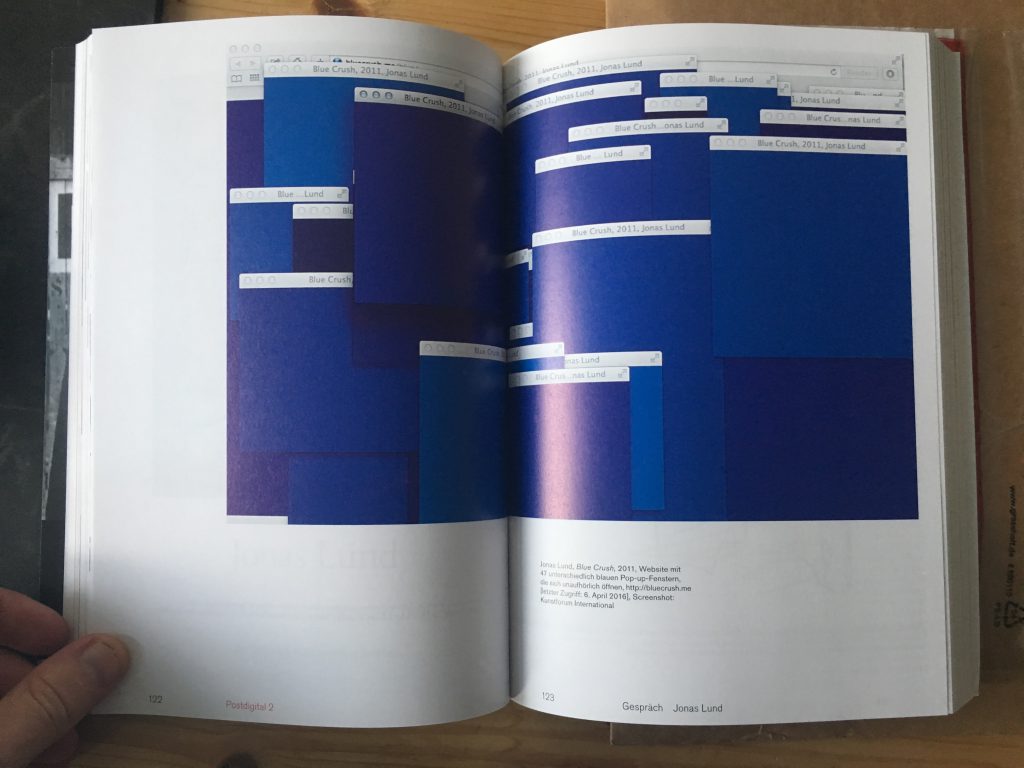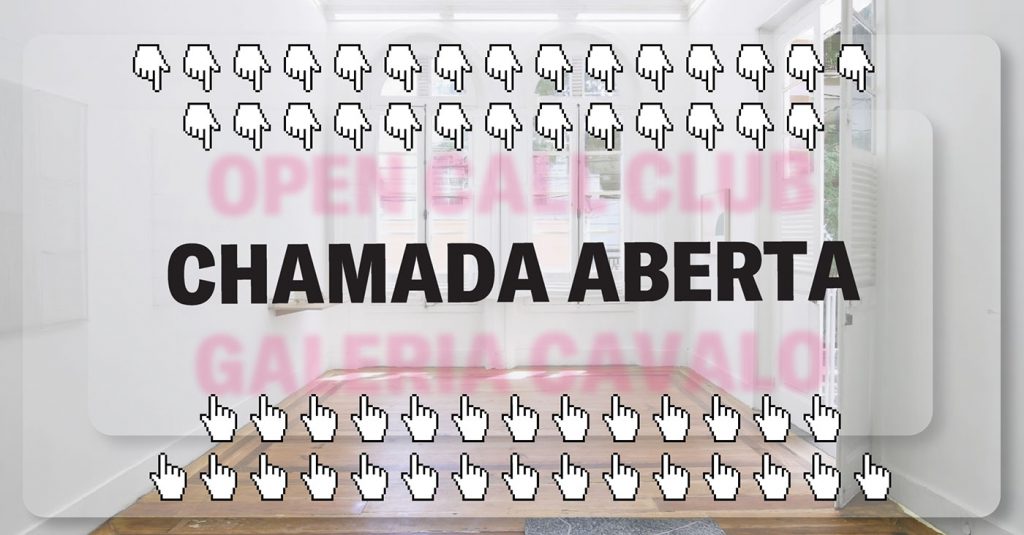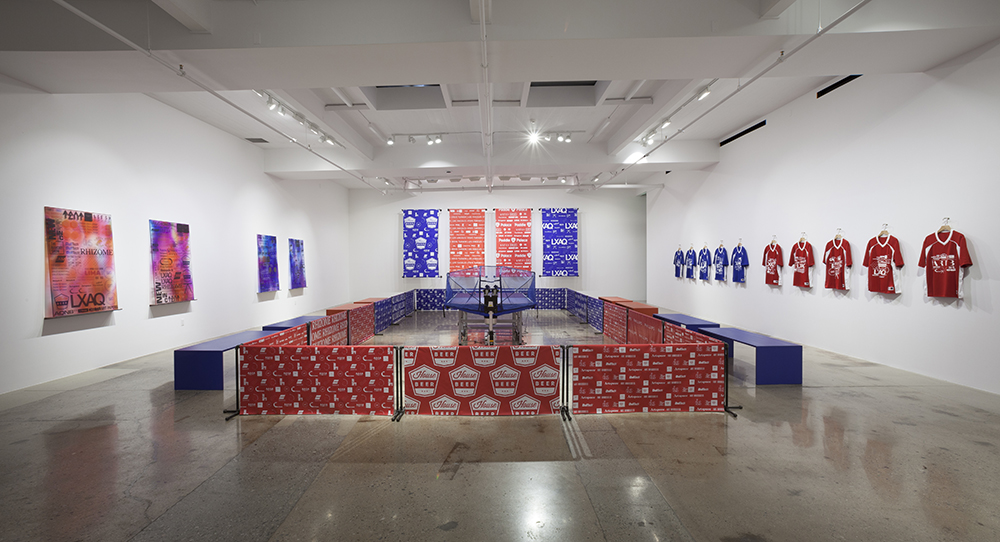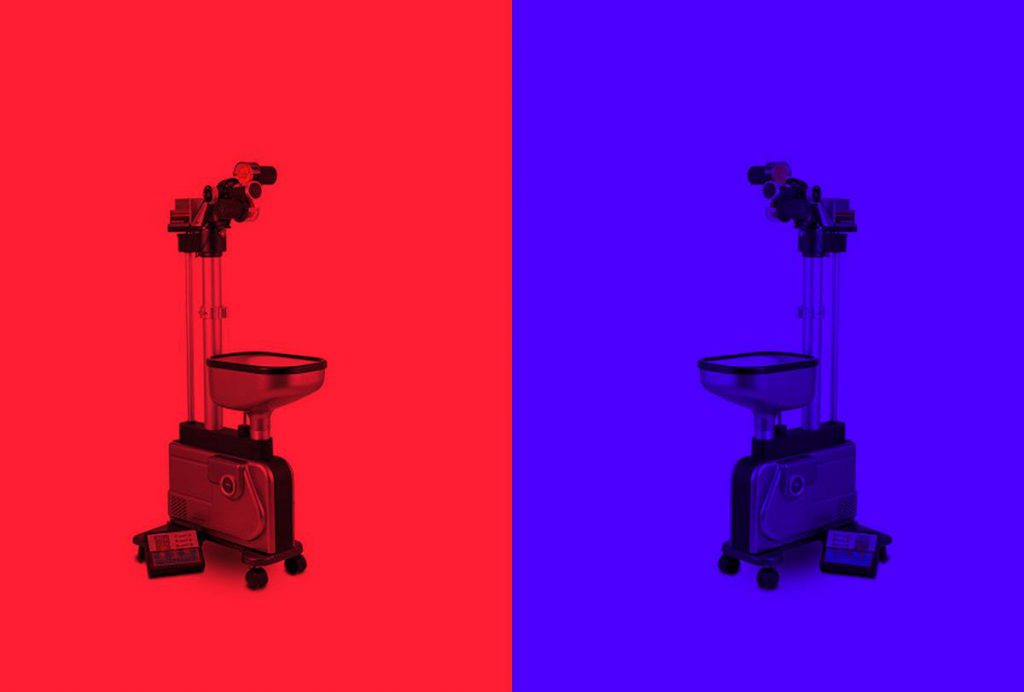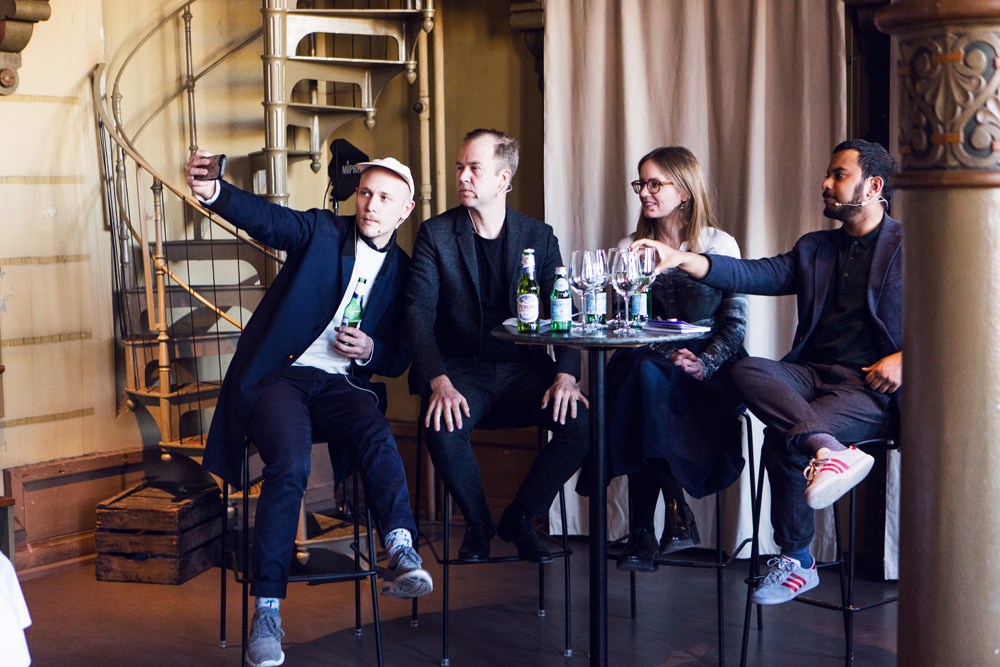
Open Call Club
Galeria Cavalo, Rio de Janeiro
December 1st, 2016 – January 21st, 2017
(scroll down for english)
Participating Artists:
Cleiton Almeida (1998 BR), Amanda Andersen (1981 BR), Fabiano Araruna (1987 BR), Tatiane Araujo (1984 BR), Felipe Barsuglia (1989 BR), Ingrid Bittar (1989 BR), Louise Botkay (2016), Paolo Brambilla (1990 IT), Julie Brasil (1965 BR), Arthur José Carneiro (1938, BR), Marina Caverzan (1981 BR), Beatriz Cazal (1967 BR), Carolina Costa (1989 BR), Antonio Da Silva (1948 BR), Polliana Dalla Barba (1988 BR), Kadija de Paula (1980 BR), Vita Evangelista (1985 BR), Tito Faria (1991 BR), Felipe Fernandes (1983 BR), Claudia Figueredo (2016 BR), Mario Grisolli (1963 BR), Mariana Kaufman (1982 BR), Viviane Laprovita & Vladimir Ventura (BR), Letícia Lopes (1988 BR), Mirela Luz (1974 BR), Luisa Marques (1985 BR), Darks Miranda (1909 BR), Eden Mitsenmacher (1987 FR), Ana Marta Moura (1978 BR), Bruno Neves (1991 BR), André Niemeyer (1969 BR), Gabriela Noujaim (1983 BR), Angela Od (1973 BR), Martin Ogolter (1969 AT), Mahyrah Paes (1990 BR), Cláudia Porto (1975 BR), Eduarda Ribeiro (1981 BR), Pilar Rocha Rodrigues (2016 BR), Euro S.R. (1947 BR), Gustavo Romeiro (1985 BR), Allan Sieber (1972 BR), Juliana Tobar Leitão (1979 BR), Chico Togni (1981 BR), Natali Tubenchlak (1975 BR), Rafael Uzai (1985 BR), Pedro Vasconcellos (1980 BR), Juliana Wähner (1979 BR
Cavalo e Jonas Lund estão felizes em apresentar Open Call Club, uma exposição coletiva que faz parte da exposição ‘The Unique Institutional Critique Pop-Up Boutique’. Open Call Club é composto por 47 artistas que têm conexão com o Rio de Janeiro e que responderam a uma chamada aberta para participar da exposição Open Call Club.
The Unique Institutional Critique Pop-Up Boutique é uma exposição que assume a posição de criar uma loja no interior da galeria, abordando campos como a autenticidade, originalidade, a força e influência de um mercado de arte para a produção artística. Cada trabalho no show também será oferecido para venda através de uma loja online relacionada à exposição. Dentro desse contexto, a exposição Open Call Club irá criar um show dentro do show, uma exposição para questionar os méritos de sua exposição matriz, uma exposição que vai estender suas posições no seu limite lógico. O que é originalidade? O que é uma edição única? Qual é o valor de escassez? Como artistas podem subverter um mundo da arte e mercado onipresentes? Devem os artistas abraçar, desmistificar ou criticar o mundo da arte e rede de mercado em que operam? Até onde pode um artista distanciar-se das instituições do sistema para criar e controlar o valor que estamos todos relativamente inscritos?
Todos os artistas do show foram selecionados através de uma chamada aberta, que usou um algoritmo para determinar quais artistas seriam incluídos no show. O algoritmo inverteu o viés típico de todas as galerias do Rio de Janeiro – em que, como exemplo, artistas masculinos estão fortemente super-representados, o algoritmo Open Call Club favoreceu os artistas de sexo feminino ou não definido. Todos os detalhes pessoais, bem como a proposta foram levados em consideração, para fazer a última lista de artistas que agora faz parte do show.
O resultado é uma exposição de grupo muito atípica que se estende por toda a parte em muitas práticas artísticas diferentes, desde pinturas, desenhos, fotografia, vídeo, instalações, esculturas e performances. Open Call Club mostra obras de artistas que merecem uma plataforma para expressar suas idéias e desejos.
—
Galeria Cavalo and Jonas Lund are happy to present Open Call Club, a group exhibition, that is part of the group show The Unique Institutional Critique Pop-Up Boutique. Open Call Club consists of 47 artists that all have a connection to Rio de Janeiro and that all responded to an open call to be part of the Open Call Club exhibition.
The The Unique Institutional Critique Pop-Up Boutique exhibition takes the position of creating a shop inside the gallery, addressing fields such as authenticity, originality, the force and influence of an art market towards artistic production. Each work in the show is offered for sale though an online shop website related to the exhibition. Within the context of this, the Open Call Club exhibition is a show within the show, an exhibition to question the merits of its parent exhibition, an exhibition that will put the positions put forth to its logical edge. What is originality? What’s a unique edition? What’s the value of scarcity? How can artists subvert an omnipresent art world and market? Should artists embrace, demystify or critique the art world and market network in which they operate? To what lengths can an artist distance herself from the institutions that create and control the value system that we’re all subscribed towards?
All the artists in the show have been selected through the open call, which used an algorithm to determine whom of the artists were to be included in the show. The algorithm reversed the typical bias of all Rio de Janeiro based galleries — in which as an example male artists are heavily over-represented, the Open Call Club algorithmn favoured female or non gender defined artists. All personal details as well as the proposal were taken into consideration, to make the final artists list that’s now part of the show.
The result is a very untypical group exhibition that stretches far and wide into many different artistic practices, from paintings, drawings, photography, video, installations, sculptures and performance, Open Call Club shows works from artists all deserving of a platform to express their ideas and desires.
